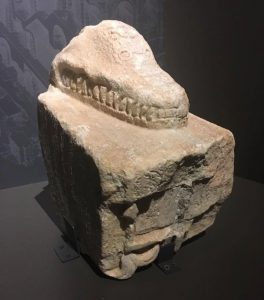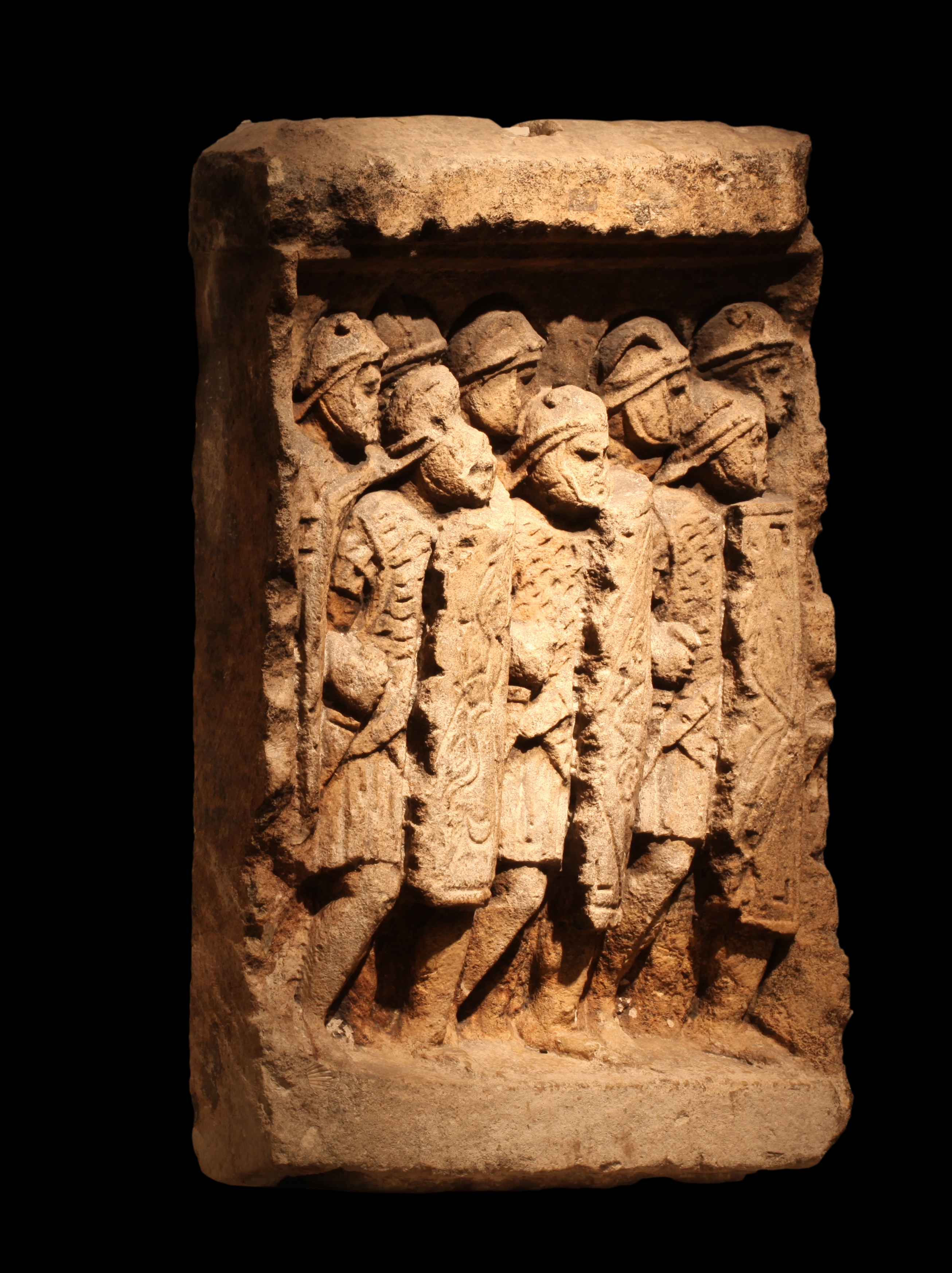It should come to no one as a surprise that ancient Rome didn’t exactly have the best track record where animal rights were concerned. From pitting large beasts against criminals for punishment to the integration of animal slaying in the games, animals in ancient Rome were subjected to cruelty that offends modern-day sentiments. One of the animals that ancient Romans were taken with weren’t even native to the Roman empire: crocodiles.
Depictions and descriptions of crocodiles can be found in ancient Roman mosaics, coins, history and even decorating the Colosseum. In our new special exhibit Gladiators: Heroes of the Colosseum, you can see an example of a decorative balustrade in the shape of a crocodile head. But what does an exotic animal from a world away mean in the context of the Colosseum?
Ancient Roman fascination with crocodiles predates the Colosseum and before the fall of Ancient Egypt. There’s evidence that when Roman senators visited Egypt, a “tame” crocodile was paraded as entertainment for the visitors. The crocodile was not fed for weeks before the senator’s visit and would then be fed ceremoniously for the entertainment of the ambassadors. In 58 BCE, crocodiles were shipped to Rome where they were put on display with a hippopotamus. Crocodiles continued to be featured in games and even “hunted” in pools.
For the ancient Romans, the crocodile represented Egypt—and eventually Egypt’s fall. In the might of the Colosseum, the might of Rome was on display. Roman people controlled the animals in the Colosseum, determining when they lived or died. This dominion over foreign animals was a way for Rome to illustrate its dominion over other parts of the world, solidifying for the Colosseum’s patrons Rome’s presence as a conquering empire.
Learn more about the Colosseum and the gladiators who inhabited it in our special exhibition Gladiators: Heroes of the Colosseum. Get tickets here.











